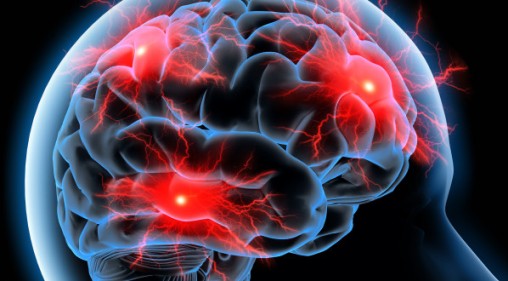Blow to the head: How to know if it is serious?
The blow to the head, although the bone structure is very resistant, can have severe repercussions, so we should not underestimate some symptoms that may appear at the time. Of course, everything depends on the intensity, although most dangerous blow to the head is caused, for example, in a car accident or a fall from a height and can lead to internal bleeding. What signs warn us about the seriousness of a head injury? Let’s look more closely, what might be the consequences and how we should act.
Blow to the head symptoms
After a blow to the head, in the head area, it is common that appear a bump, caused by the accumulation of blood between the bone and skin. By being outside the skull, the bumps do not suppose greater danger, disappearing after a few days. These can cause some discomfort and sensation of pain. To alleviate these symptoms, we can apply ice to the area or take a painkiller.
It is also advisable, as a preventive measure, not to carry out activities involving efforts during 24 hours, as well as to avoid noises or intense lights.
When symptoms appear after receiving the blow as a momentary loss of consciousness, loss of memory of the minutes before and after the blow, loss of orientation or intense vomiting, it is necessary to consult the doctor as soon as possible, and in an urgent way if also there appear other signs as loss of strength, difficulties of speaking, loss of sensation or seizures.
When there is loss of consciousness it is advisable to perform a CT scan, an imaging test to confirm or rule out that there is a bruise or internal bleeding in the neuronal tissue of the brain. It is precisely in these cases, internal bleeding occurs, when it can put in serious risk of the patient’s life. It is essential to control this bleeding, as it could cause what is known as intracranial pressure – the response of the skull to the modified its contents.
